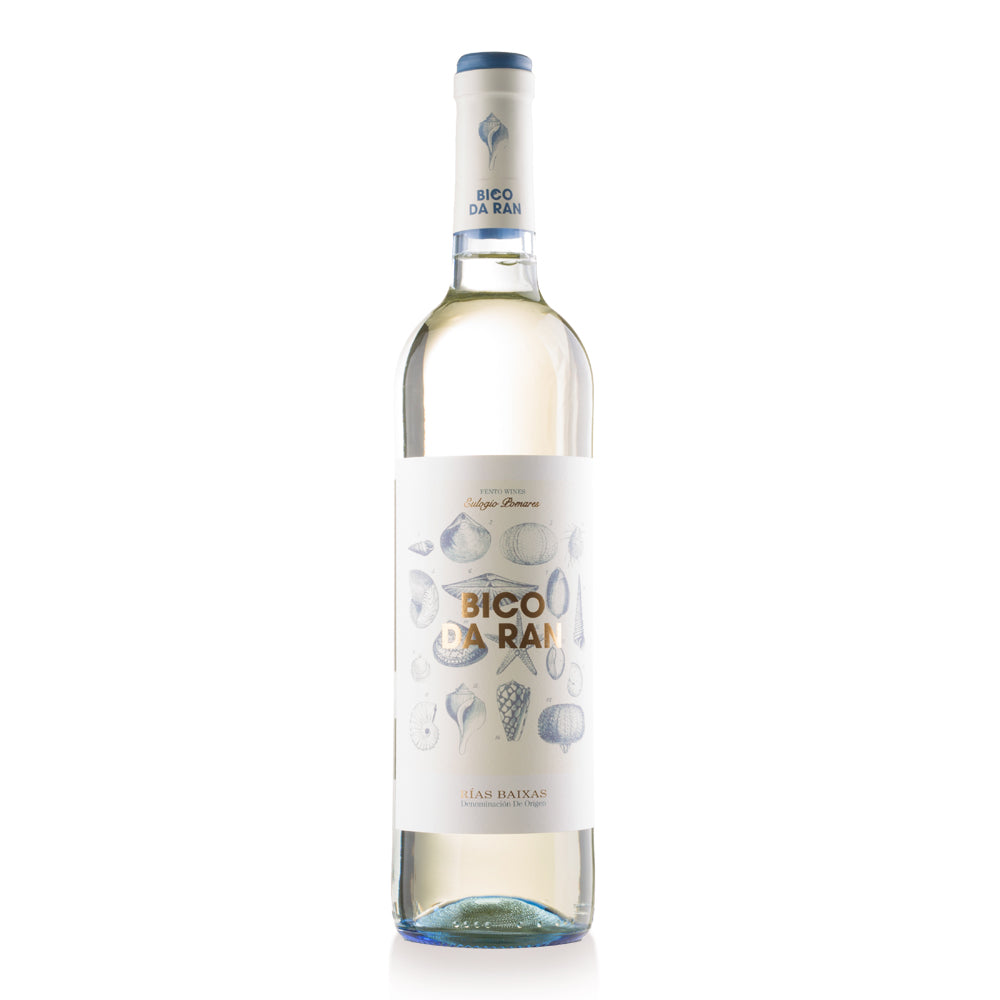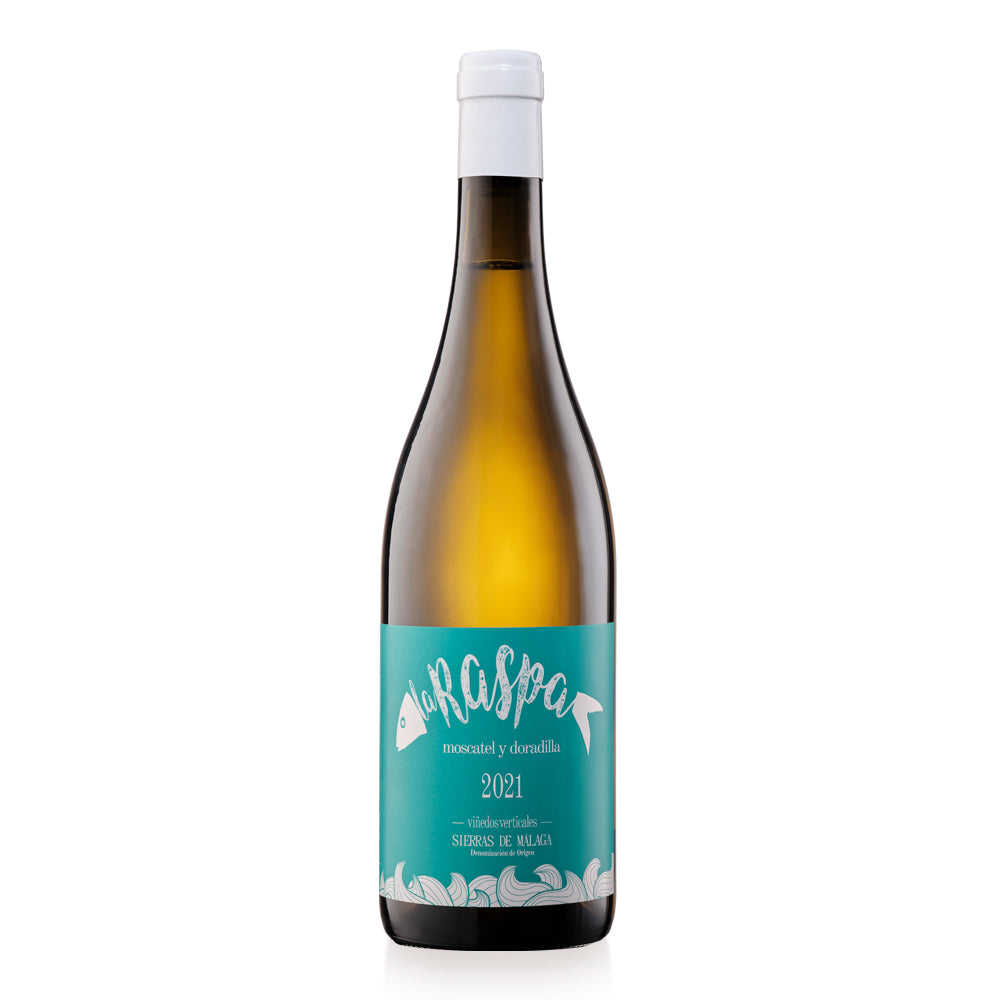What is Pedro Ximénez and where is it found?
Legend has it that the white grape Pedro Ximénez – also spelt Pedro Jiménez or PX for short - originated in the Canary Islands but travelled to the Rhine and from there back to Spain with a Pedro Jiménez, one of Charles V’s soldiers. Whatever the origin, PX is traditionally associated with Andalucia, and particularly the sweet wines of the Denominación de Origen Montilla-Moriles. In fact, some producers in Jerez or Malaga still routinely import sweet, sticky PX wines from Montilla-Moriles to sweeten their blends.
Pedro Ximénez’s main characteristics
Grown in the bright, white albariza (chalky) soils of Montilla-Moriles and Jerez, the thin-skinned PX grapes are picked and then dried in the sun – a process known as asoleo – to dehydrate them and concentrate the sugars. Subsequent fermentation only converts part of these sugars into alcohol, leaving a good quantity of residual sugar to give the wines their distinctive sweet profile.
What does Pedro Ximénez taste like?
Ebony coloured and dense in appearance, PX wines are dessert wines loaded with rich, Christmas cake-like aromas of raisins, figs, dates and honey. As they age the wines evolved and can take on more toasted aromas of coffee or bitter chocolate, and licorice.
Where can I try some Pedro Ximénez?
Like Palomino in Jerez, if you’re in Spain it should be simple enough to pick up a bottle of Pedro Ximénez from your local supermarket. We’d recommend a quick chill before serving with your favourite sweet dessert; ice cream perhaps, or maybe some cheese and figs. Pedro Ximénez sits in Spain’s fortified wines category which is stuffed full of historic producers and bargains galore, but for a taste of what PX is capable of we’d recommend one of the traditional producers in Montilla-Moriles like Pérez Barquero.















































